In Seeking Locations in Palestine for the Film “The Gospel According to Matthew” (1965), Pier Paolo Pasolini discovers that Palestine was not the majestic biblical landscape he had in mind, but rather “four barren hillsides, an arid and abandoned landscape, burnt by the sun.”
The architecture of Exile The Architecture of Exile: Refugee Heritage – 2016/2017
http://www.e-flux.com/architecture/refugee-heritage/
He remarks that local inhabitants cannot be used for extras because of their “savage faces,” and exclaims that “Christ’s preaching had not been heard here, not even from afar.” The priest who accompanied Pasolini in his journey, comforting him, wondered if at “the time of Christ the Galilee was different; that Palestine, prior to the Arab invasions was a bit more florid, richer.” The film continues on in contrast by documenting Pasolini’s admiration of the communitarian life he found when visiting kibbutz Bar’am. What he failed to realize was that this “freedom, emancipation and model for communitarian life” was built on the ruins of Palestinian villages: Kafr Bir’im in this case, a Christian village evacuated by Jewish militia in 1948 and demolished in 1953 to prevent its inhabitants from returning. The site today has been declared a national park and touristic archaeological site. However, some of the original inhabitants succeeded in remaining close to their village of origin, and their struggle to return has never ceased. Pasolini’s film stumbles from stereotype to stereotype. This continues to the point at which, upon arriving to Jerusalem, a city divided in two, he capitulates in his search. Many before him had the same problem and attempted to redesign the country so that it would resemble this biblical image. Instead, desperate, Pasolini moved the location of his film to the Sassi of Matera in southern Italy—ancient cave dwellings that a few decades later would become inscribed on the UNESCO World Heritage List. In 2010, the Italian photographer Luca Capuano was commissioned by UNESCO to document the forty-four sites inscribed on the World Heritage list located in Italy. In 2016 we commissioned Capuano to document Dheisheh Refugee Camp—a Palestinian refugee camp located just south of Bethlehem in the West Bank—as a World Heritage Site with the same respect, care, and search for monumentality used when photographing historical centers like Venice, Rome, or Mantua. Contemporary notions of heritage and conservation have been appropriated by institutions of great power, which are too often oriented towards cultural expropriation. Contrary to this, we seek to deploy the potential for heritage as an agent of political transformation. Refugee Heritage is an attempt to imagine and practice refugeeness beyond humanitarianism. Such a does not just require rethinking the refugee camp as a political space: it demands redefining the subject of the refugee itself as a being in exile and understanding exile as a political practice of the present capable of challenging the status quo. In this sense it can be seen as our ultimate aim to reframe the position of the refugee from one of weakness to one of strength. Recognizing a “culture of exile” is the perspective from which social, spatial and political structures can be imagined and experienced beyond the idea of the nation-state. RuinsRefugee camps should not exist in the first place: they represent a crime and a political failure. For over a century, camps have undermined the western notion of the city as a civic space in which the rights of citizens are inscribed and recognized. To inhabit a refugee camp means to inhabit ruins, to live in a space whose origin lies in forced displacement. At the same time, the present proliferation of the “camp form” has eroded the very notion of citizenship and cannot be ignored. Camps are established with the intention of being demolished. They are meant to have no history and no future; they are meant to be forgotten. The history of refugee camps is constantly erased, dismissed by states, humanitarian organizations, international agencies and even by refugee communities themselves in fear that any acknowledgement of the present undermines their right of return. The only history that is recognized within refugee communities is one of violence, suffering, and humiliation. How then do we understand the life and culture that people build in camps, despite suffering and marginalization? After the destruction of Nahr el-Bared camp in 2007, Palestinian refugees in Lebanon demanded to “return to the camp.” Similarly, in Syria, after becoming one of the most intense battlegrounds in Damascus, Palestinian refugees demanded to “return to Yarmouk Camp.” The reactions to the destruction of these two camps forces us to acknowledge the fact that the camp is not a place without history, but rather one rich with stories narrated through its urban fabric. Since their foundation, refugee camps have served to reconstruct, in a sense, the demolished villages by re-assembling their people and the social relationships that bind them. In understanding today’s refugees beyond the humanitarian crisis, Refugee Heritage traces, documents, reveals, and represents refugee history beyond the narrative of suffering and displacement. Annex 5“Format for the nomination of properties for inscription on the World Heritage List (Annex 5)” is the official UNESCO document whose implications for Dheisheh were discussed over the course of two years with organizations and individuals, politicians and conservation experts, activists, governmental and non-governmental representatives, and proximate residents. Members of the conversation strongly expressed their fear that the nomination would change the status quo and threaten to undermine the legally recognized right of return. At the same time, many expressed their desire to see refugee history being acknowledged and an attempt to bring the right of return back to the center of the political discussion. In the end, we filled out the nomination form together in the most respectful way, with full awareness that our end goal was not UNESCO approval. We never had the illusion that recognition by UNESCO would imply the recognition and implementation of certain rights for refugees, yet we also did not underestimate the potential for recognizing refugee heritage to start a needed conversation about the permanent temporariness of camps and the connection between rights and space. From the outset, there was a paradox at the heart of the application procedure. The World Heritage Convention states that “Universal Values … transcend the interests of individual States Parties,” yet the right to nominate is reserved for nation-states who have signed the World Heritage World Convention. In the case of Palestinian Refugee Camps—extraterritorial spaces carved out from state sovereignties—who has the right to nominate? The states within which camps are located? The State of Palestine? The Palestinian Liberation Organization? Popular committees within the refugee camps themselves? The Stateless Nation, with a population of sixty million? Palestinian refugees and refugee camps have always been a political exception. Instead of falling under the protection of UNHCR (The office of the United Nations High Commissioner for Refugees), two ad hoc UN agencies were constituted in 1949 with distinct mandates: the UN Conciliation Committee for Palestine (UNCCP)—with a mandate to find a political solution for the Palestinian refugees—and the UN Relief and Works Agency (for Palestine Refugees in the Near East, UNRWA)—with an exclusive humanitarian mandate. The UNCCP, having failed to mediate between the newly established State of Israel, Arab States, and the Palestinians, ceased operations in 1966, yet UNRWA has continued its operations up until today, despite suffering the lack of a political mandate. So we wondered, could UNESCO be an agency capable of operating in a political landscape where negotiations about the sovereignty and territory of Palestine are increasingly being drawn into and trapped within colonial echo chambers? Beyond an intervention into the political context of the Palestinian struggle for the right of return, the aim of nominating Dheisheh to UNESCO was to destabilize and open up the dominant western conception of Heritage to a richer and more complex understanding. UNESCO emerged from the horrors of World War II as an organization dedicated to world peace through education. The World Heritage Convention, adopted by UNESCO in 1972, nearly three decades after its founding, has been signed by 192 countries with the aim to protect natural and cultural sites of exceptional importance to humanity. The Convention is built upon a Eurocentric understanding of heritage—over half of currently inscribed sites are located in Europe and North America. However over time, the nomination process and the convention itself have been transformed into a public forum in which our understanding of heritage, culture, aesthetics and authenticity are actively debated and reshaped. In 1994, for instance, in the context of a conference jointly organized with the International Council on Monuments and Sites (ICOMOS), the International Centre for the Study of the Preservation and Restoration of Cultural Property (ICCROM) and UNESCO, the Nara Document on Authenticity was drafted to address the different ways that cultural and social values are expressed and has led to the acceptance of alternative conservation practices. In the same vein, UNESCO has come to recognize how “local people are a primary source of information about local values,” and recommends that the identification of “Outstanding Universal Values” is based on “wide participation by stakeholders including local communities and indigenous people.” As a result of these and other initiatives, expanded categories for recognition—such as “cultural landscapes,” “cultural routes” and “intangible heritage”— have been incorporated, and UNESCO recognizes the need to engage and support local stakeholders in the protection, conservation, and management of heritage. Indigenous people, minority cultures, and sometimes even states have begun to nominate sites where crimes such as slavery, genocide and colonization were committed. These acts have been accused of politicizing culture and criticized for undermining the very existence and purpose of the World Heritage List. What critics fail to understand is that the World Heritage List has been politicized from the beginning, insofar as it has, in a single gesture, glorified the presence and erased the history of sites built by colonial networks of exploitation. The nomination and inscription of sites where human rights have been violated should thus be seen as an acknowledgment and acceptance of the historiographic and epistemological power commanded by heritage. Instead of shying away from politically charged nominations, such acts can open up a political arena for the reconfiguration of marginalized histories. We imagine Annex 5 as a monumental building built during a colonial era, with each of the categories corresponding to different rooms and spaces overly-designed for antiquated purposes and its criteria corresponding to the typologies and construction materials that were available at the time. In filling out the form, we saw ourselves as new inhabitants entering an old architecture, transforming it to adapt to a different form of life—sometimes drastically transforming its spaces, other times accepting the existing or knocking down walls. Over the course of the next four weeks, an edited version of the Annex 5 nomination dossier for the inscription of Dheisheh Refugee Camp as a World Heritage Site will be published according to the first four parts of the nomination: Identification, Description, Justification, and Conservation. × Refugee Heritage is a project by DAAR, edited and published by e-flux architecture and produced with the support of Campus in Camps, the Foundation for Art Initiatives, the 5th Riwaq Biennale and the Decolonizing Architecture course at the Royal Institute of Art in Stockholm, Sweden. |  Refugee Heritage book | 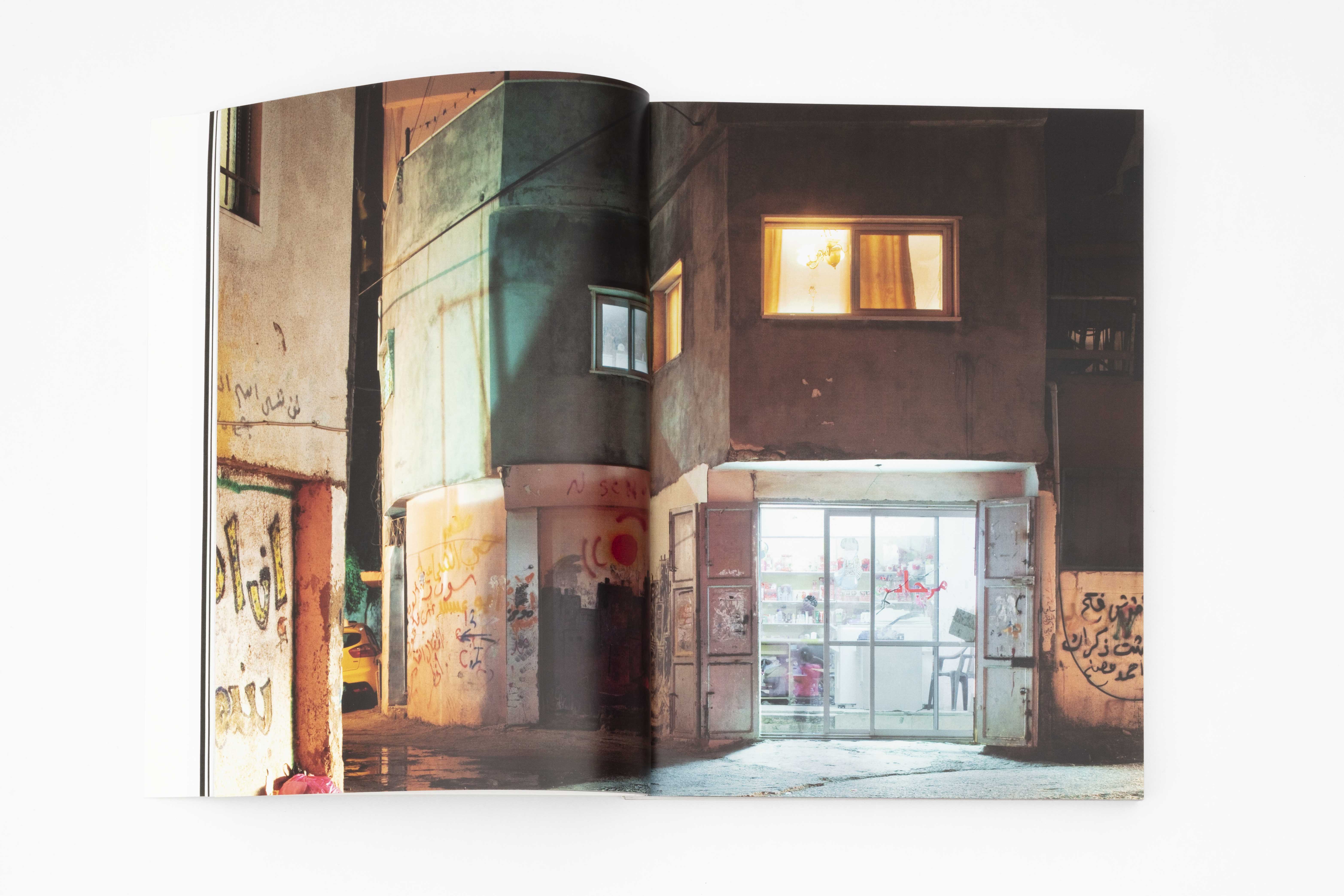 |  | 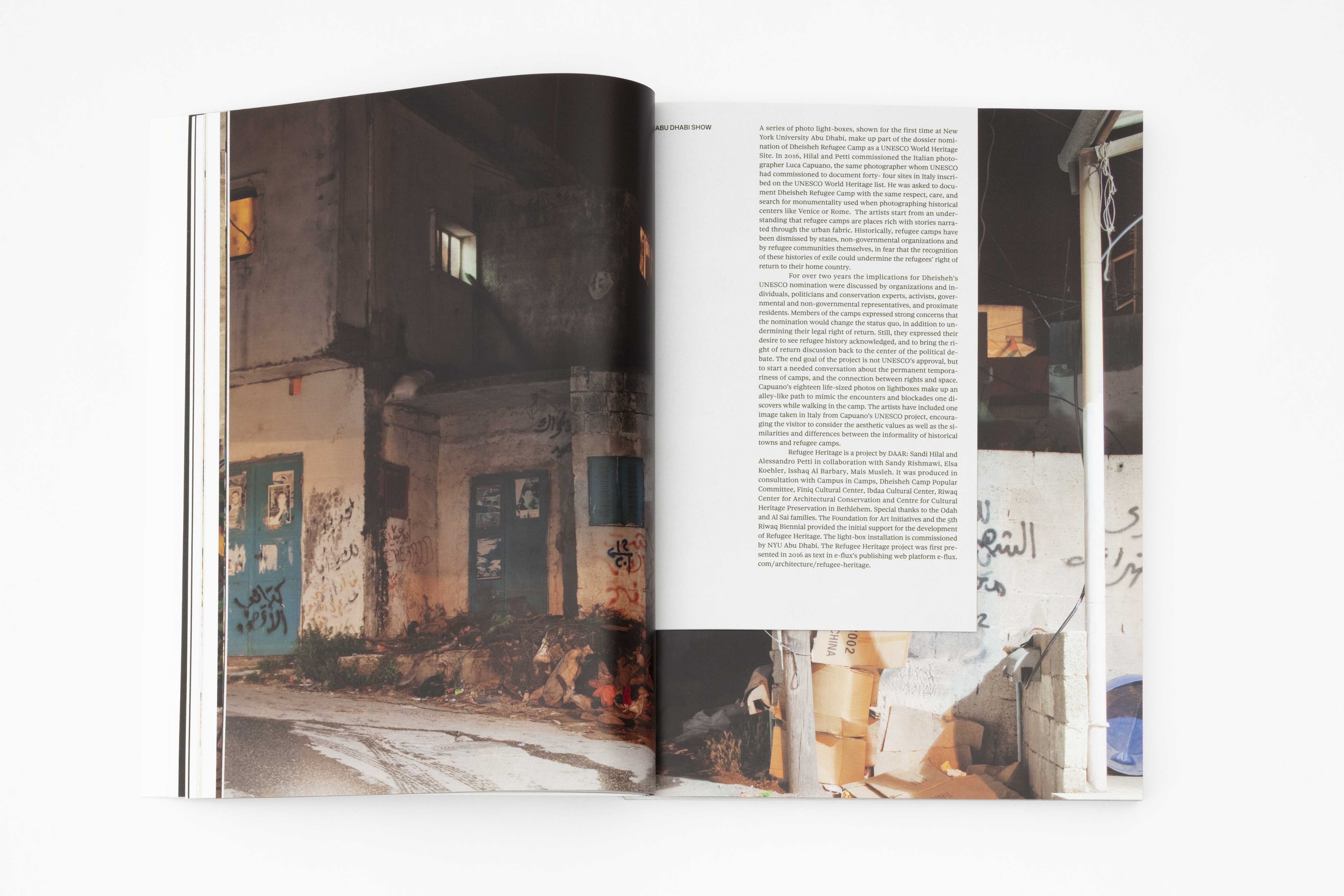 |  |  |  | 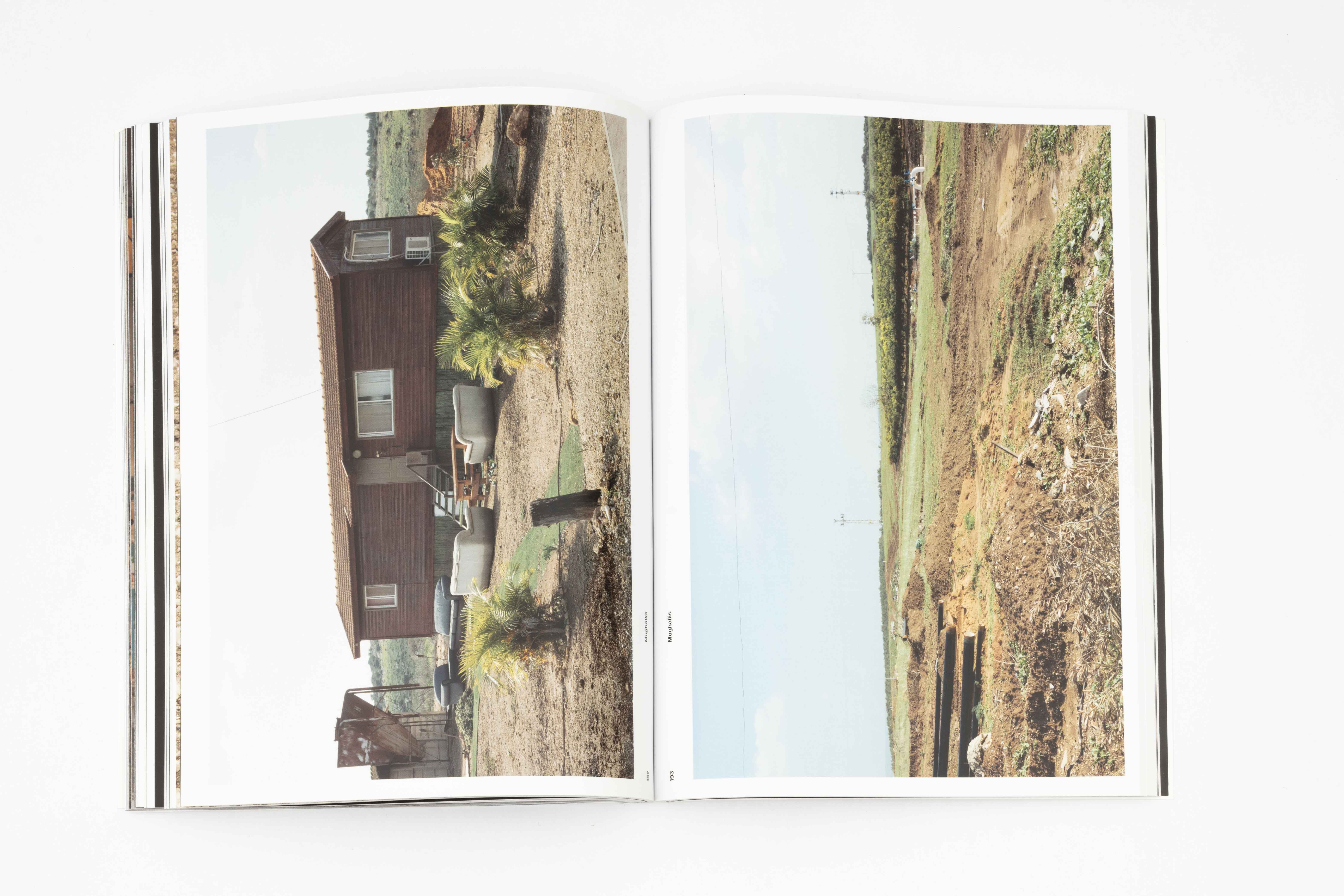 |  | 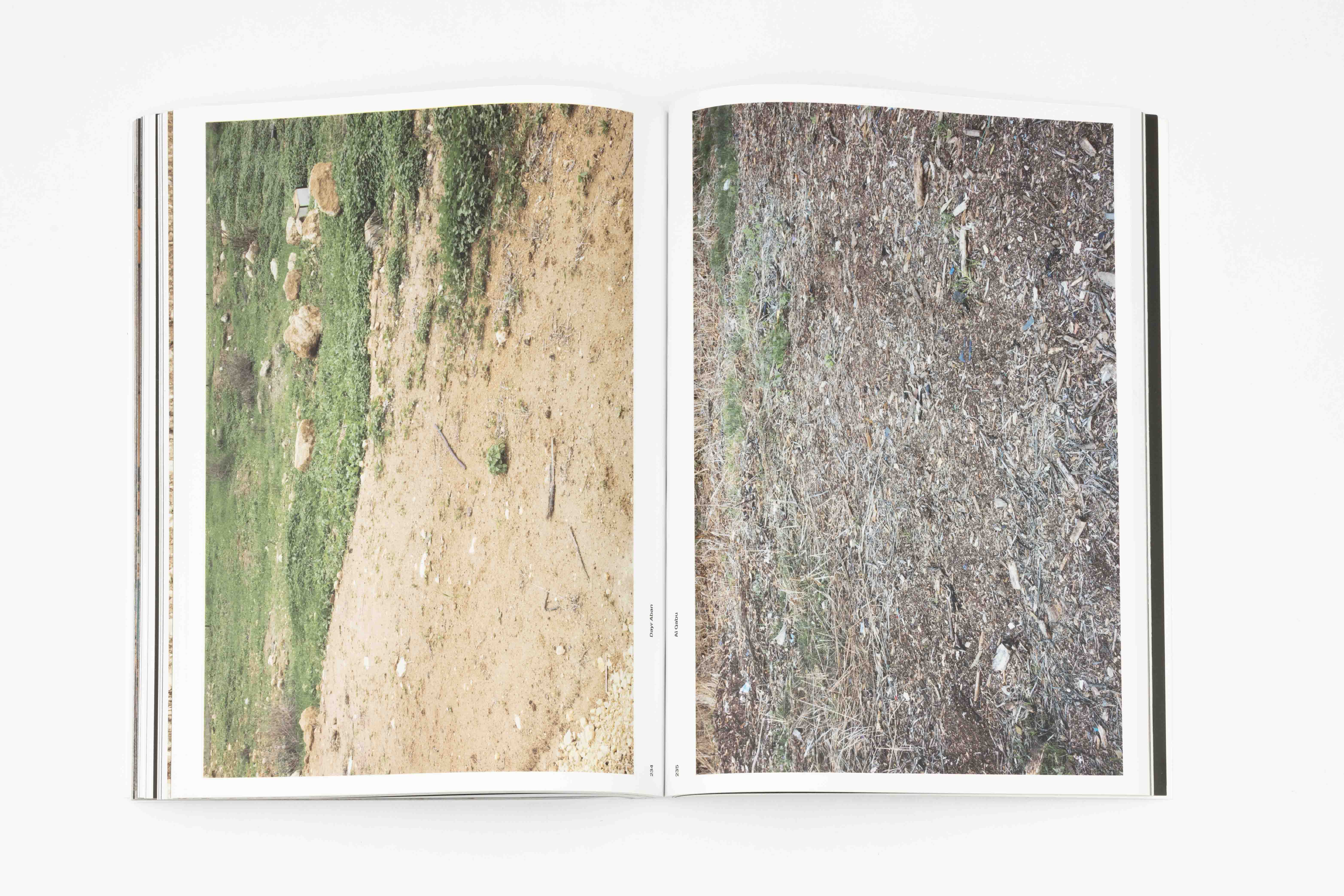 | 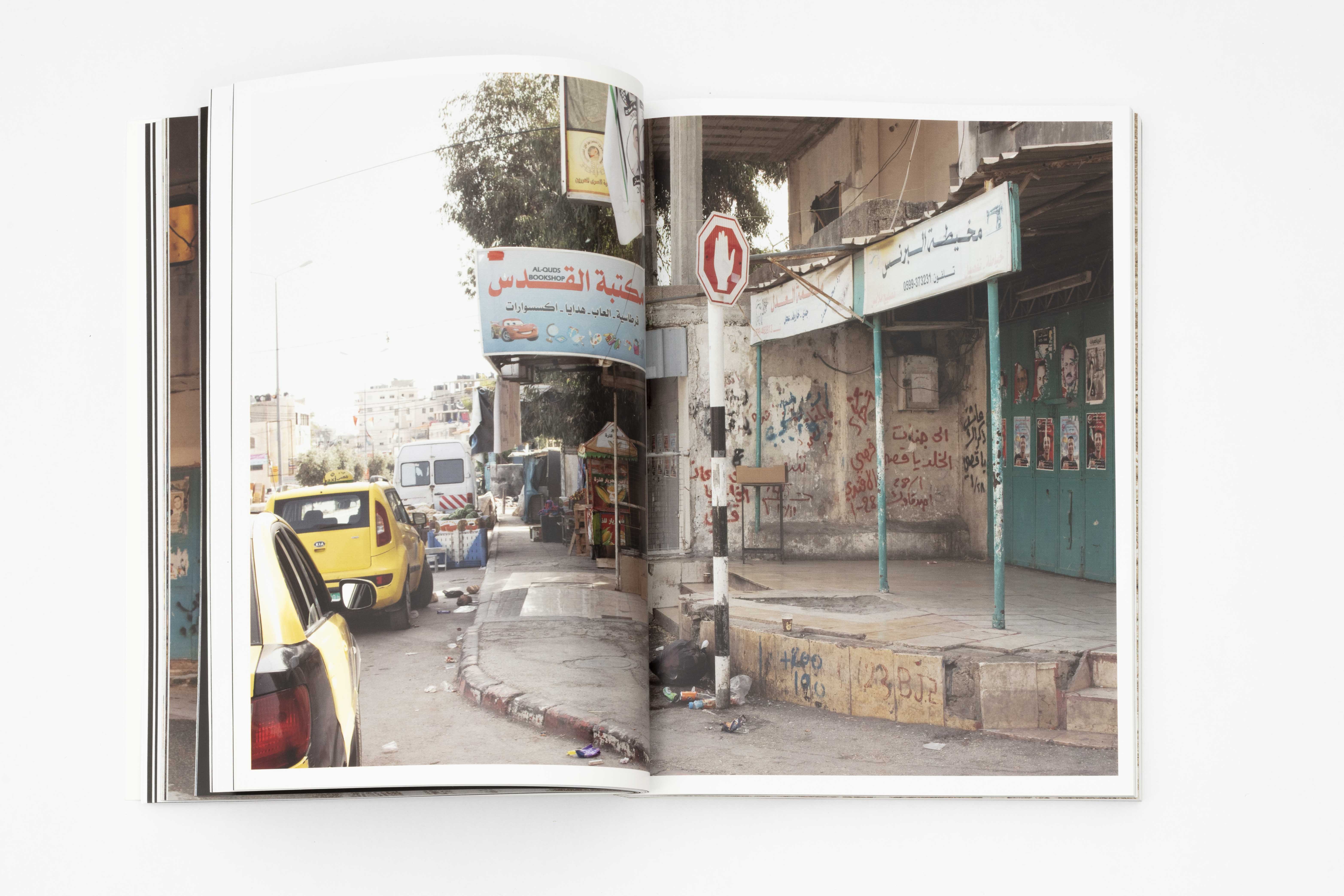 |  |  |  |  'Permanent Temporariness' NYU Art Gallery (New York Univrsity Abu Dhabi) , Abu Dhabi, United Arab Emirates, 2018 |  | 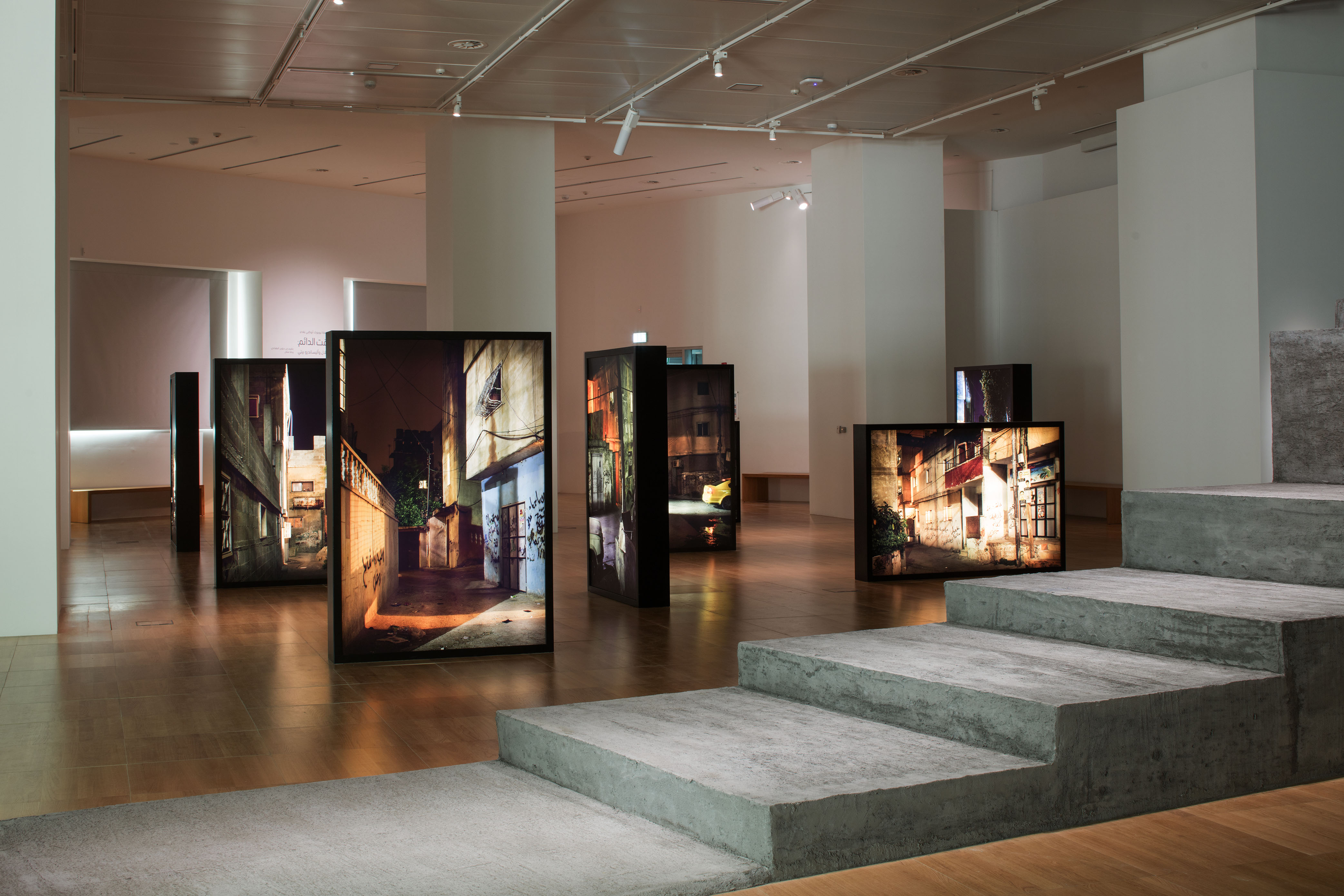 |  |  |  |  |  |  VanAbbe Museum, Eindhoven, 2018 |  VanAbbe Museum, Eindhoven, 2018, 44 booklets of 44 palestinian villages and 16 light boxes of Dheisheh refugee camp |  |  Permanent Temporariness, Art and Theory Publishing, 2018 |  |  |  | 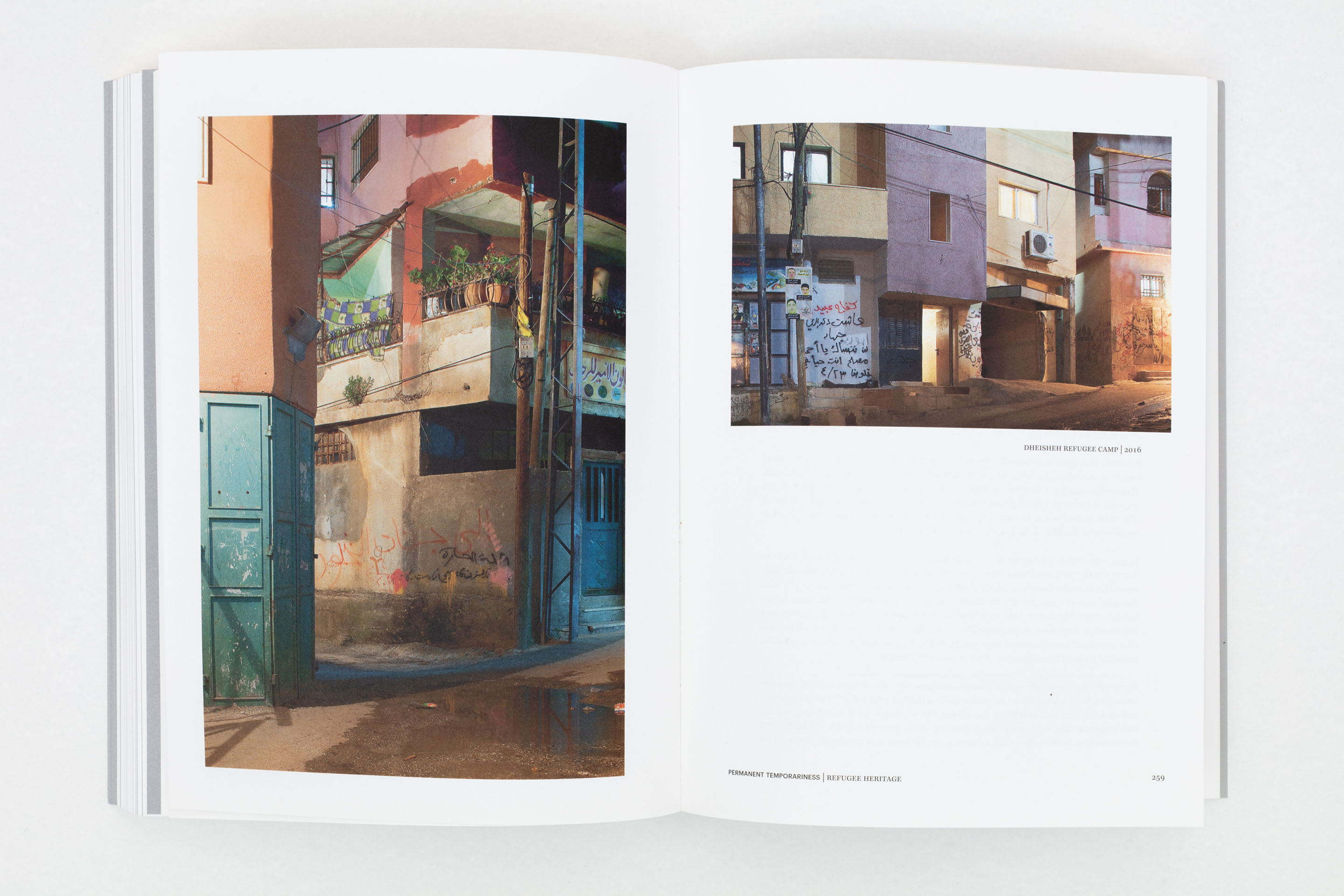 |  |  | 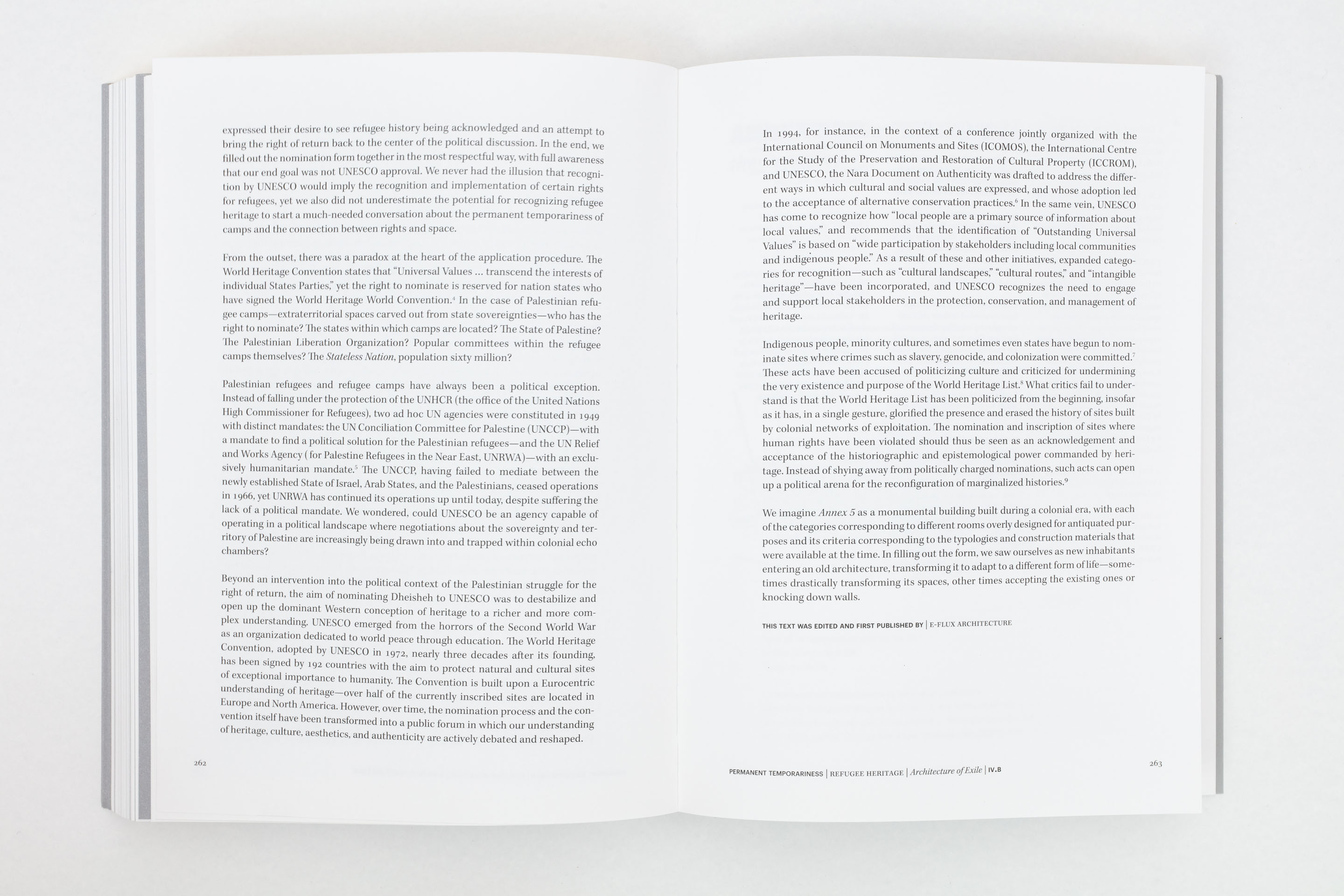 |  |  |  |  |  |  | 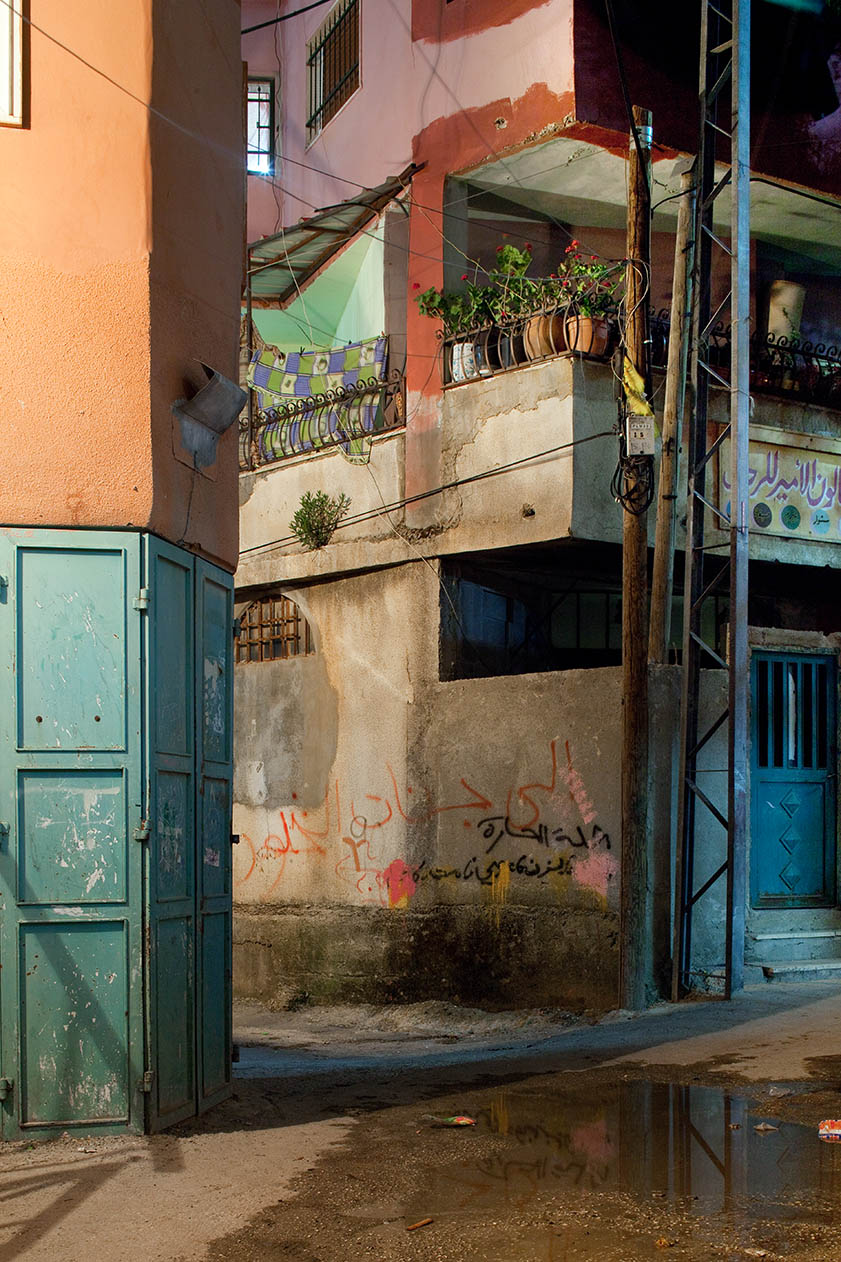 |  |  |  |  |  | 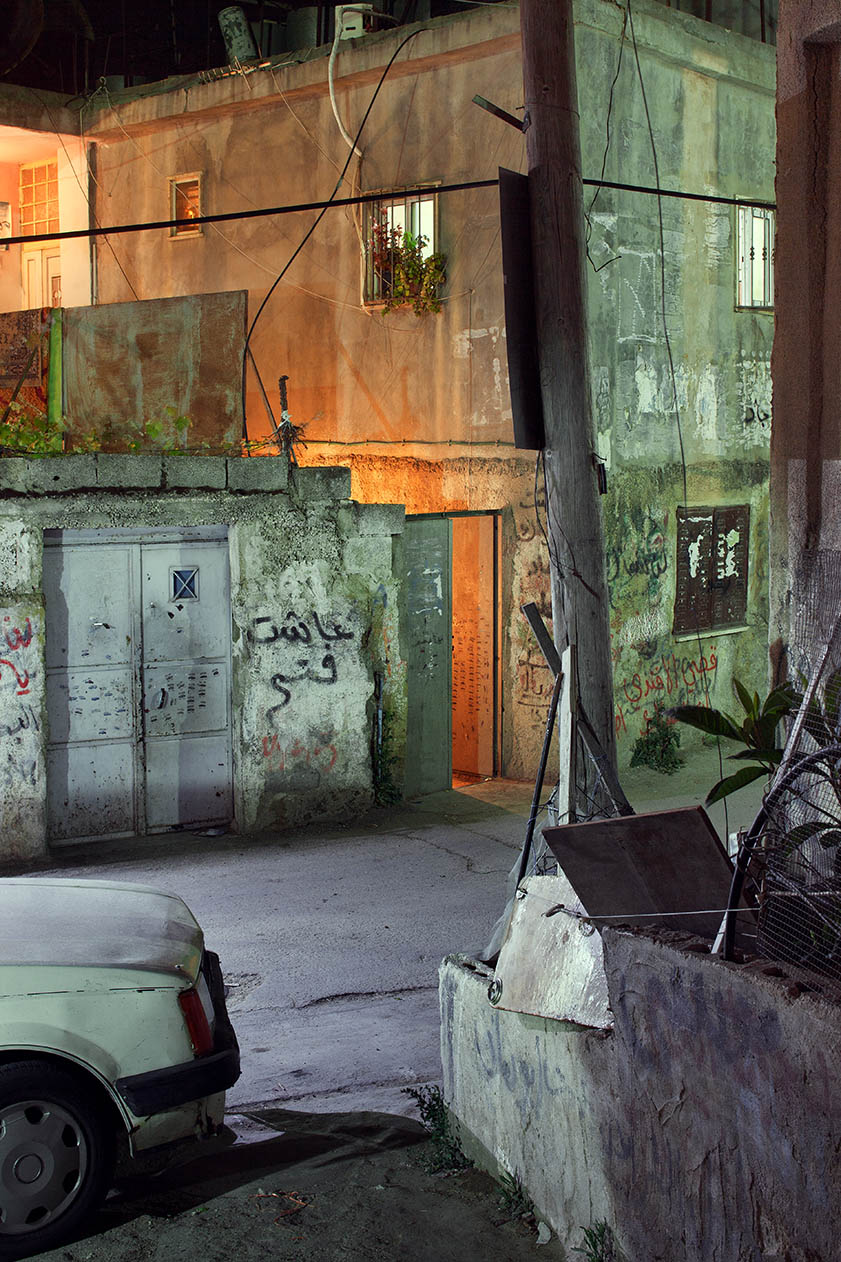 |  |  |  |  |  | 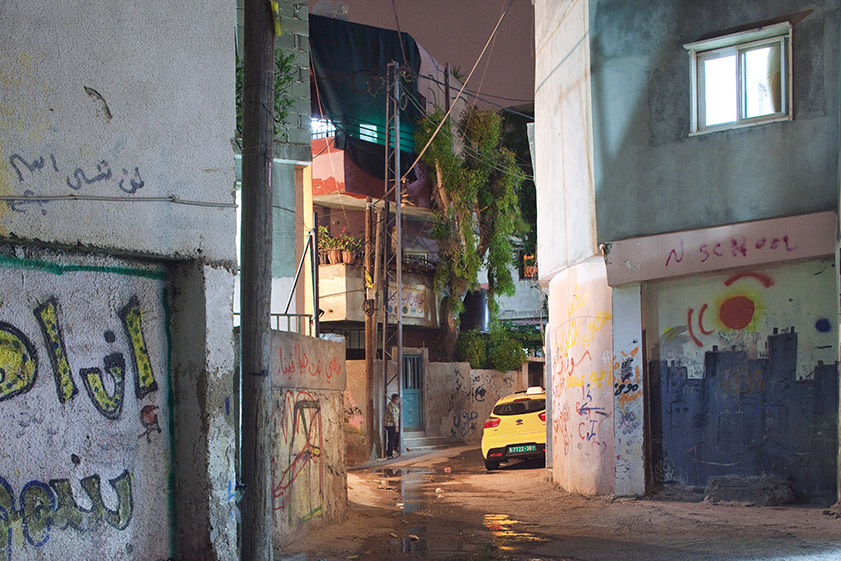 | 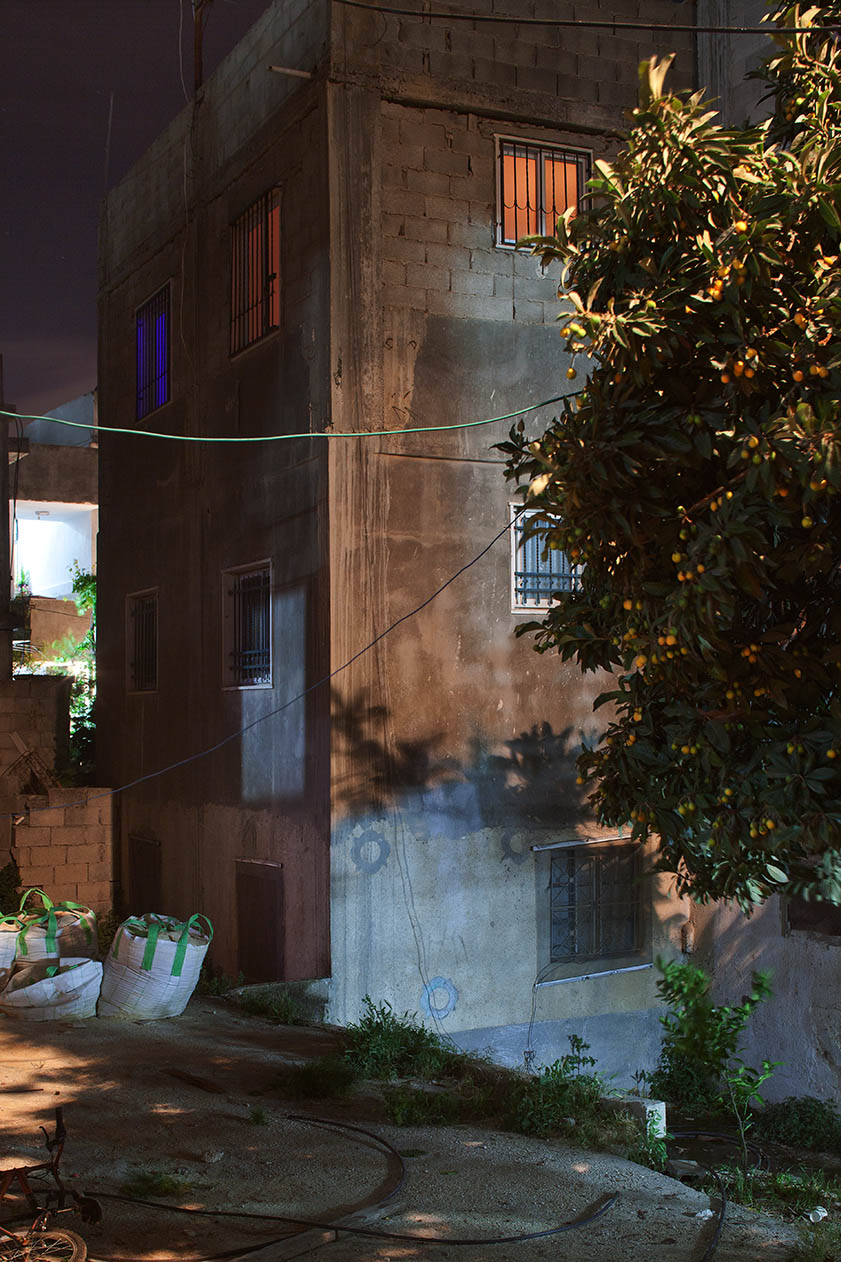 |  |  |  |  |  |  |  | 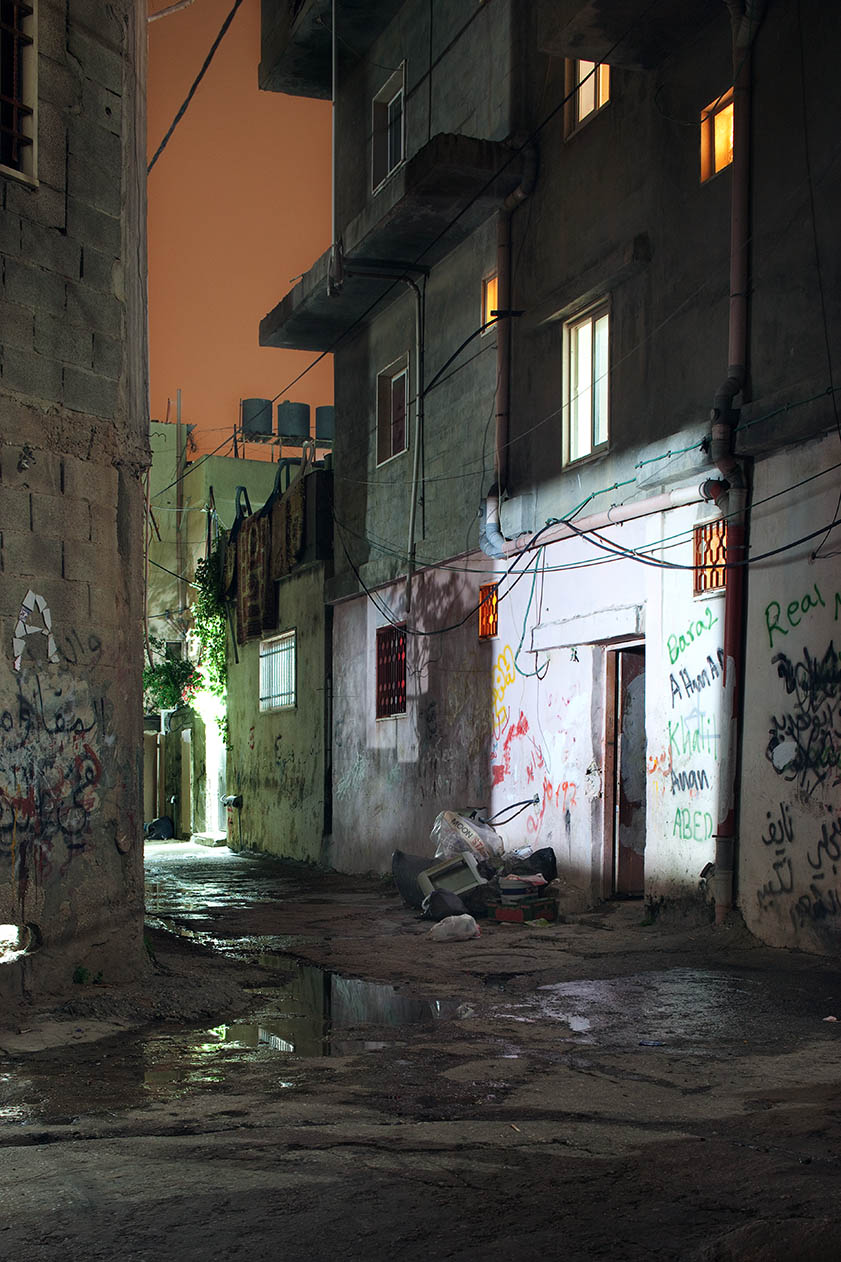 |  |  Four examples of 44 booklets of 44 palestinian villages and 16 light boxes of Dheisheh refugee camp |  |  Refuge Heritage_00041 | 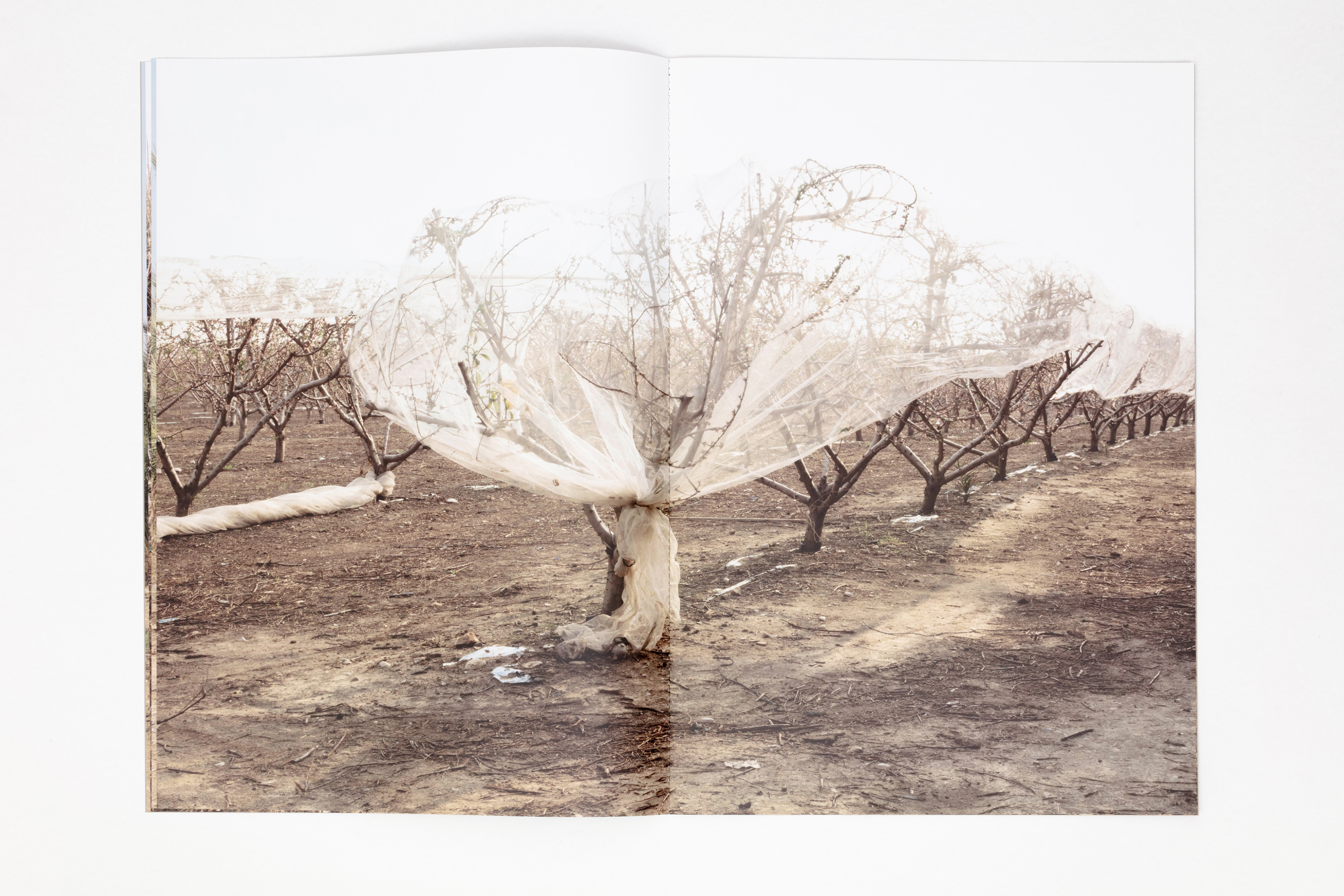 |  |  |  | 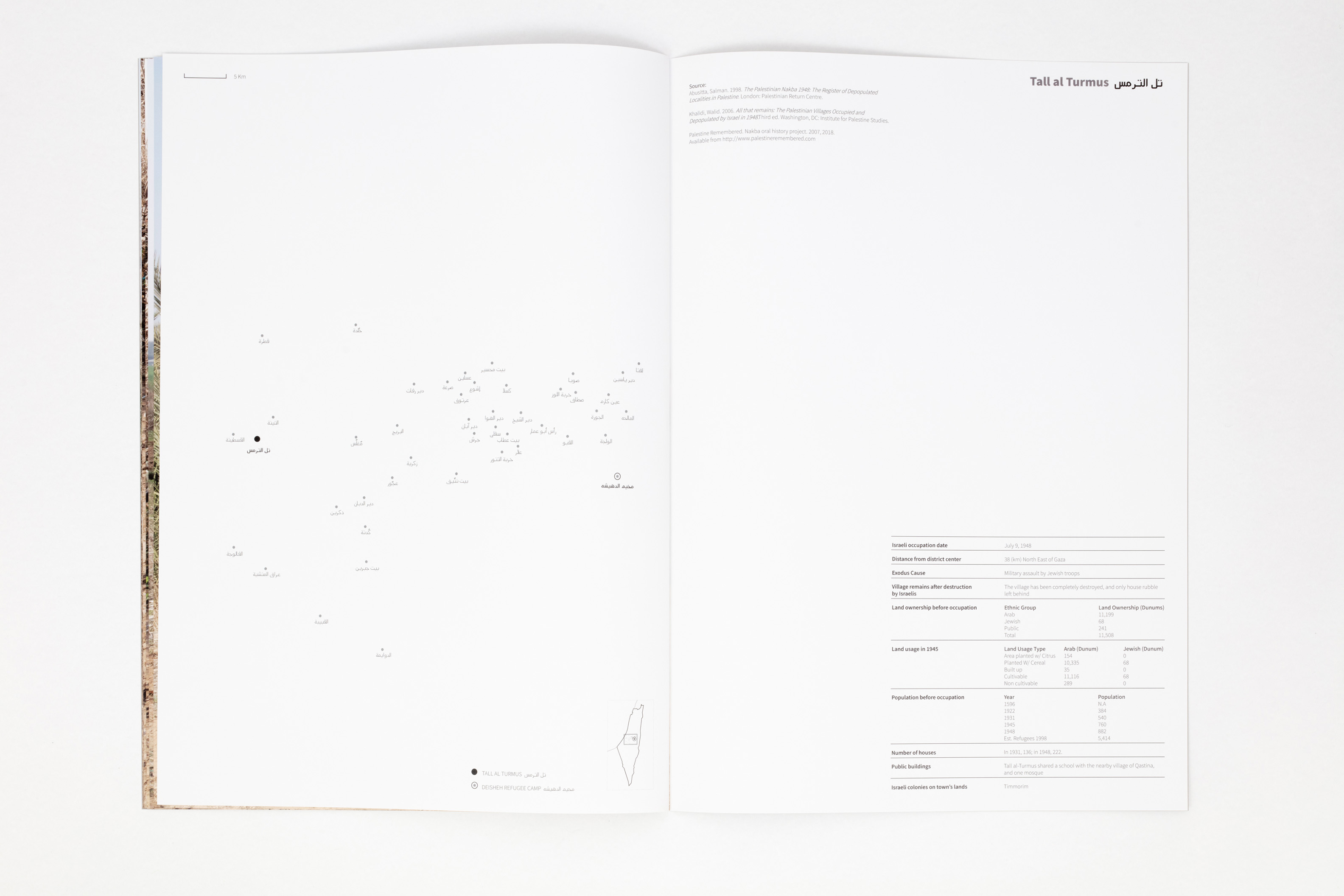 |  |  |  |  | 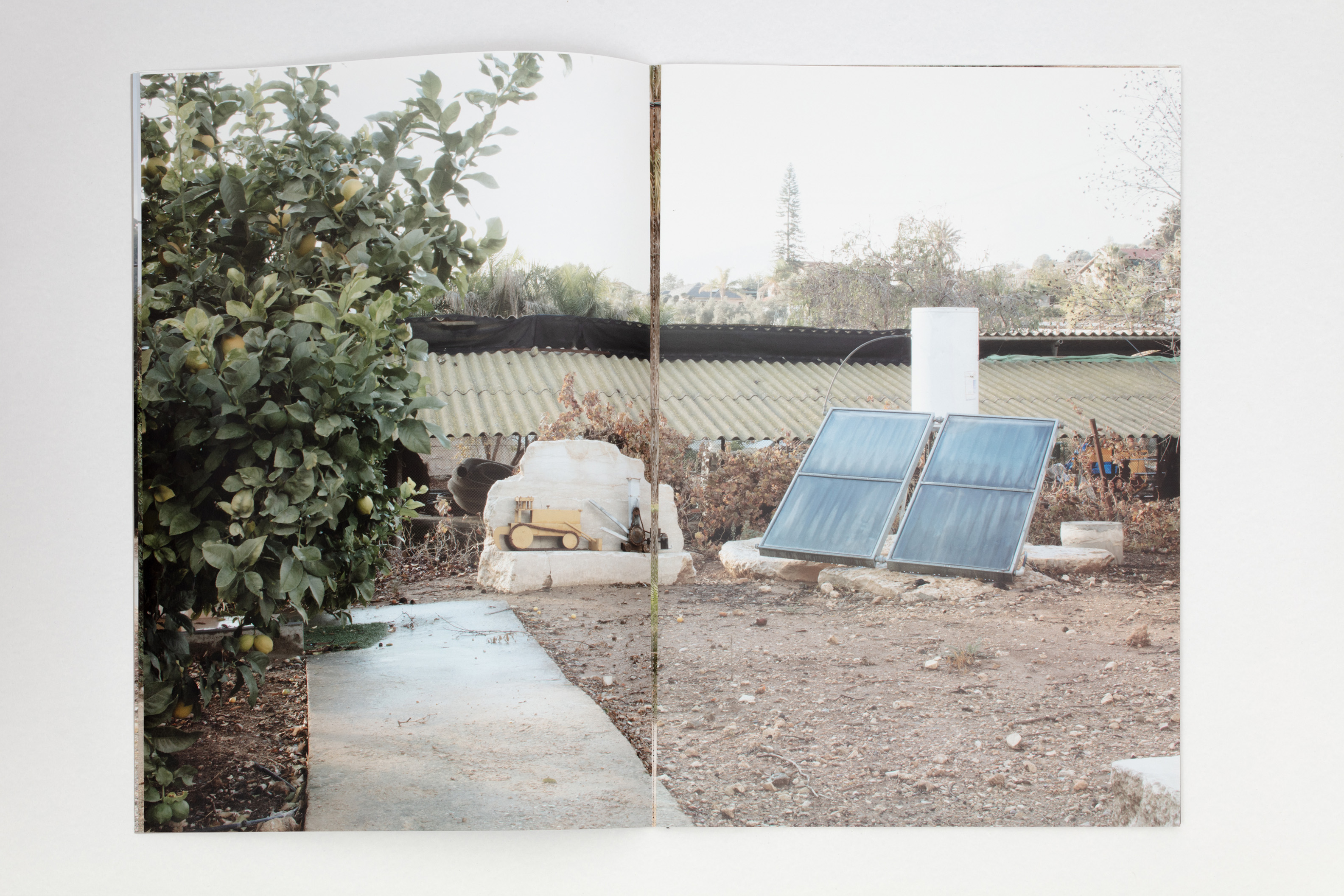 |  |  |  |  | 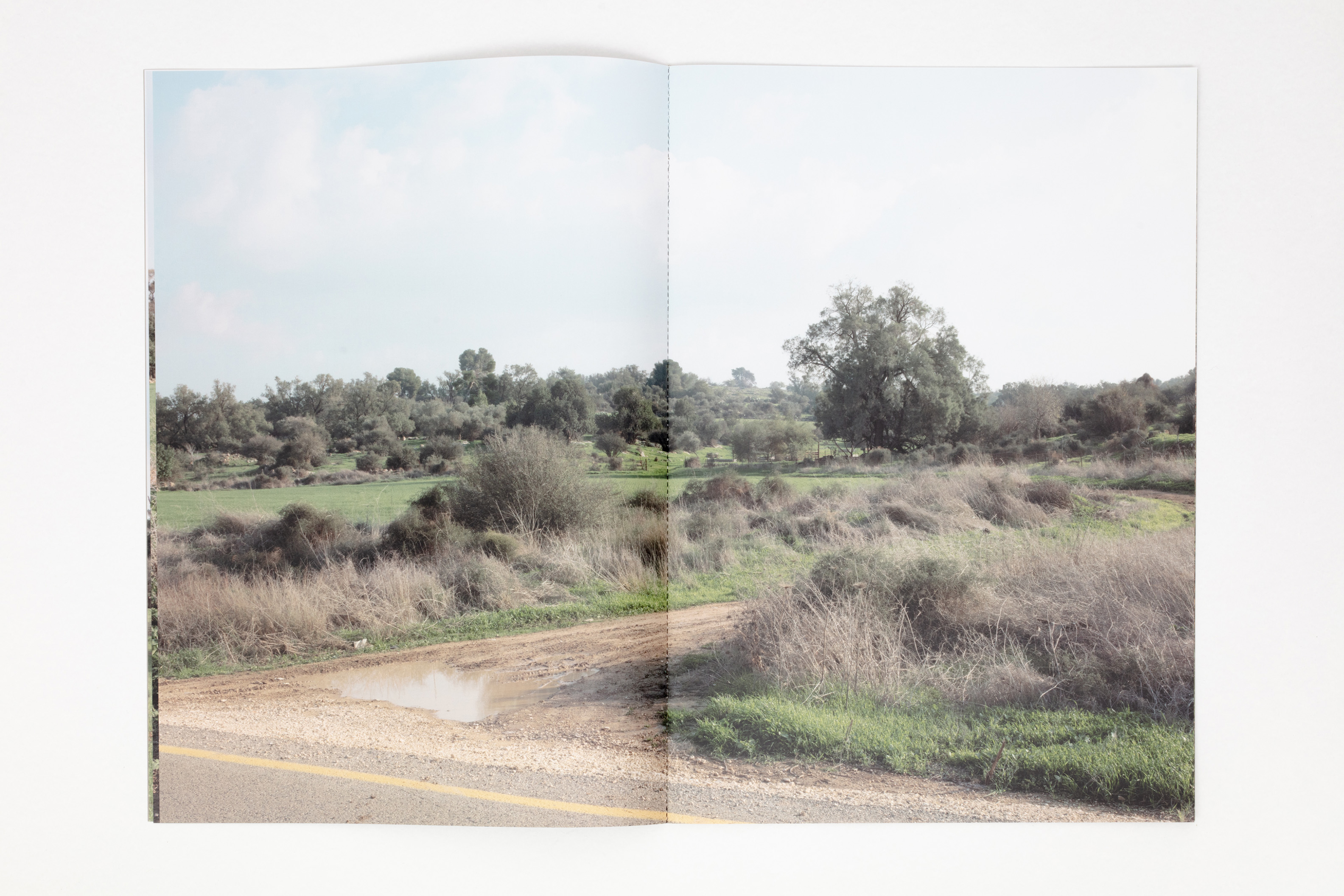 |  |  | 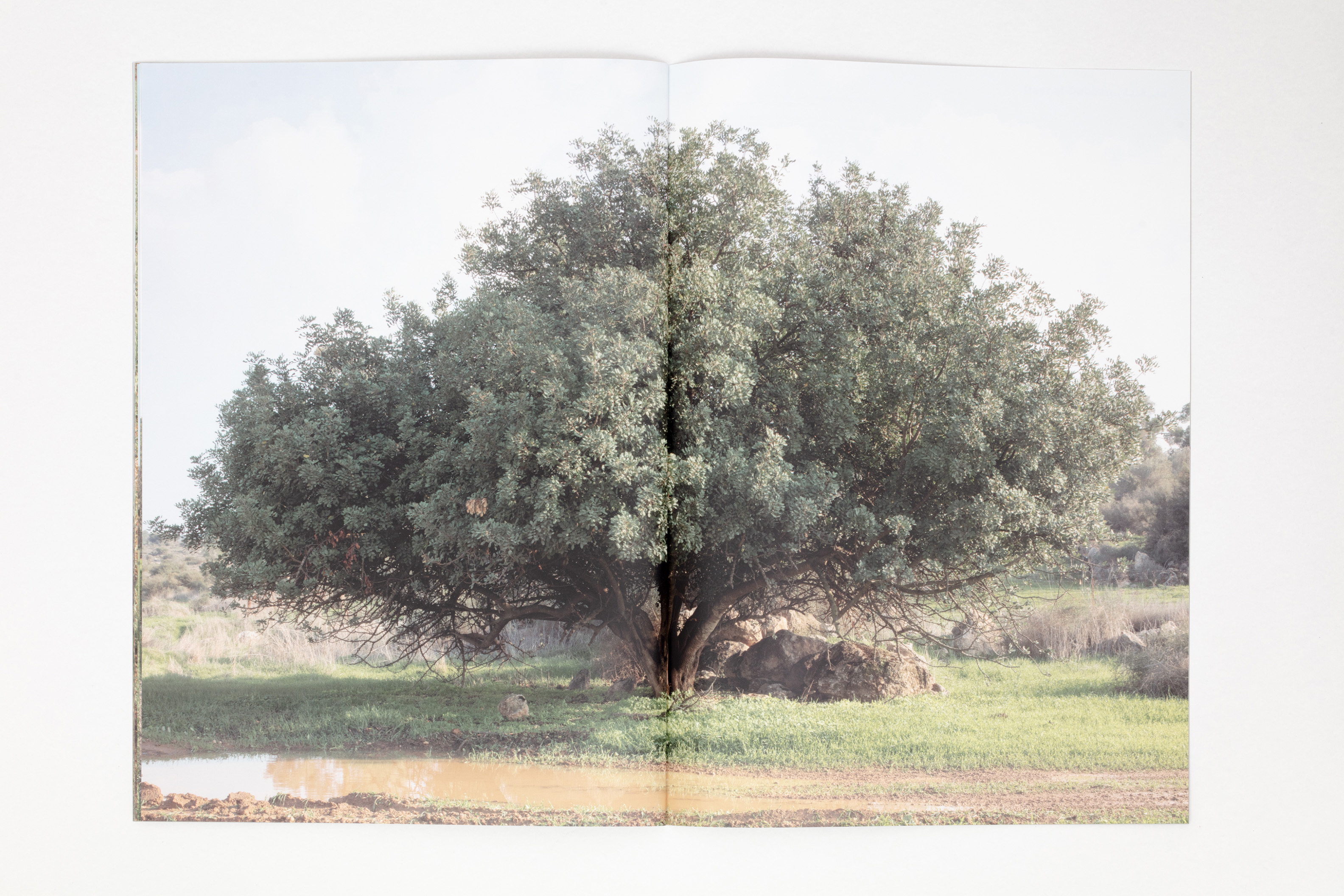 |  | 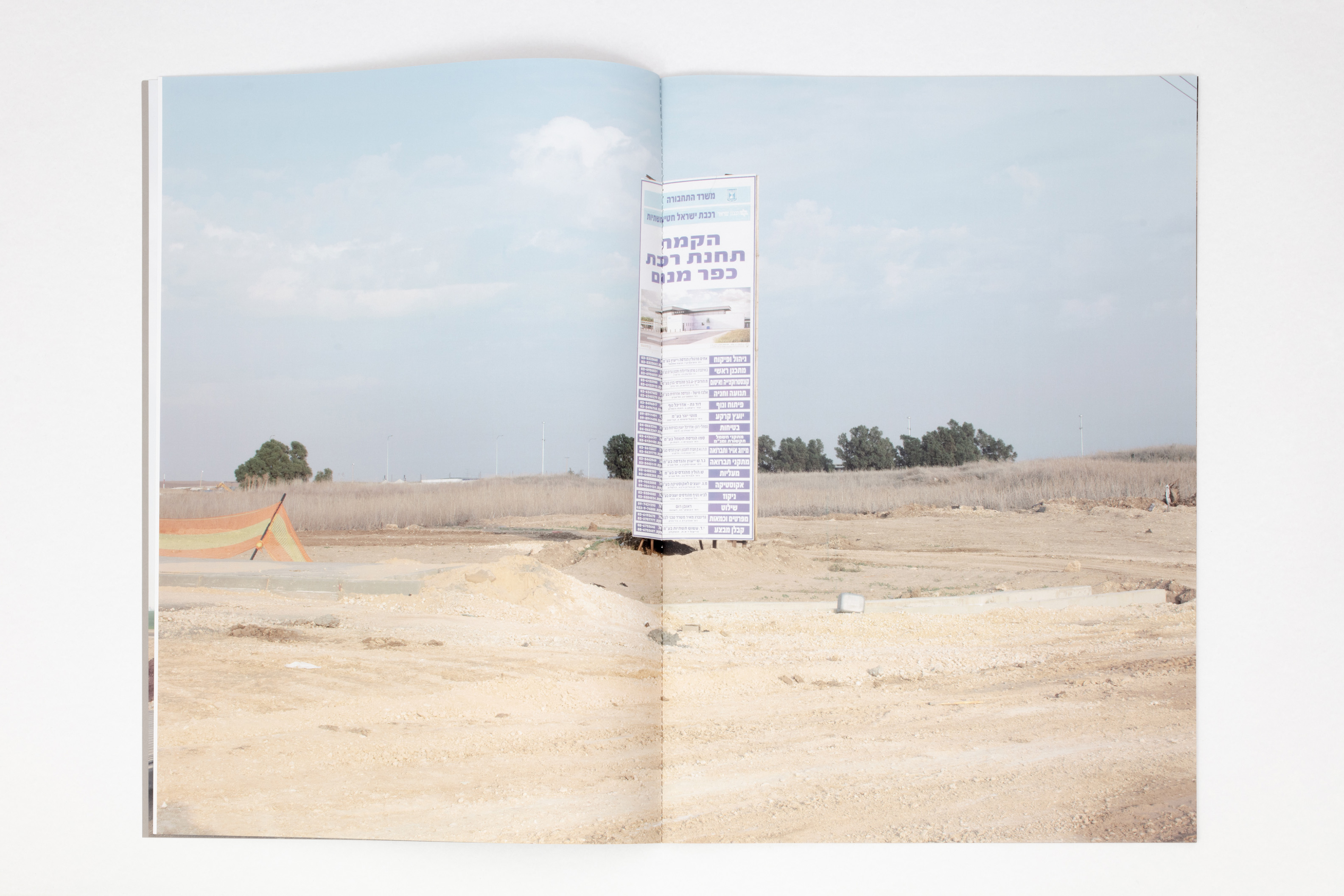 |  |  |  |  |  |  | 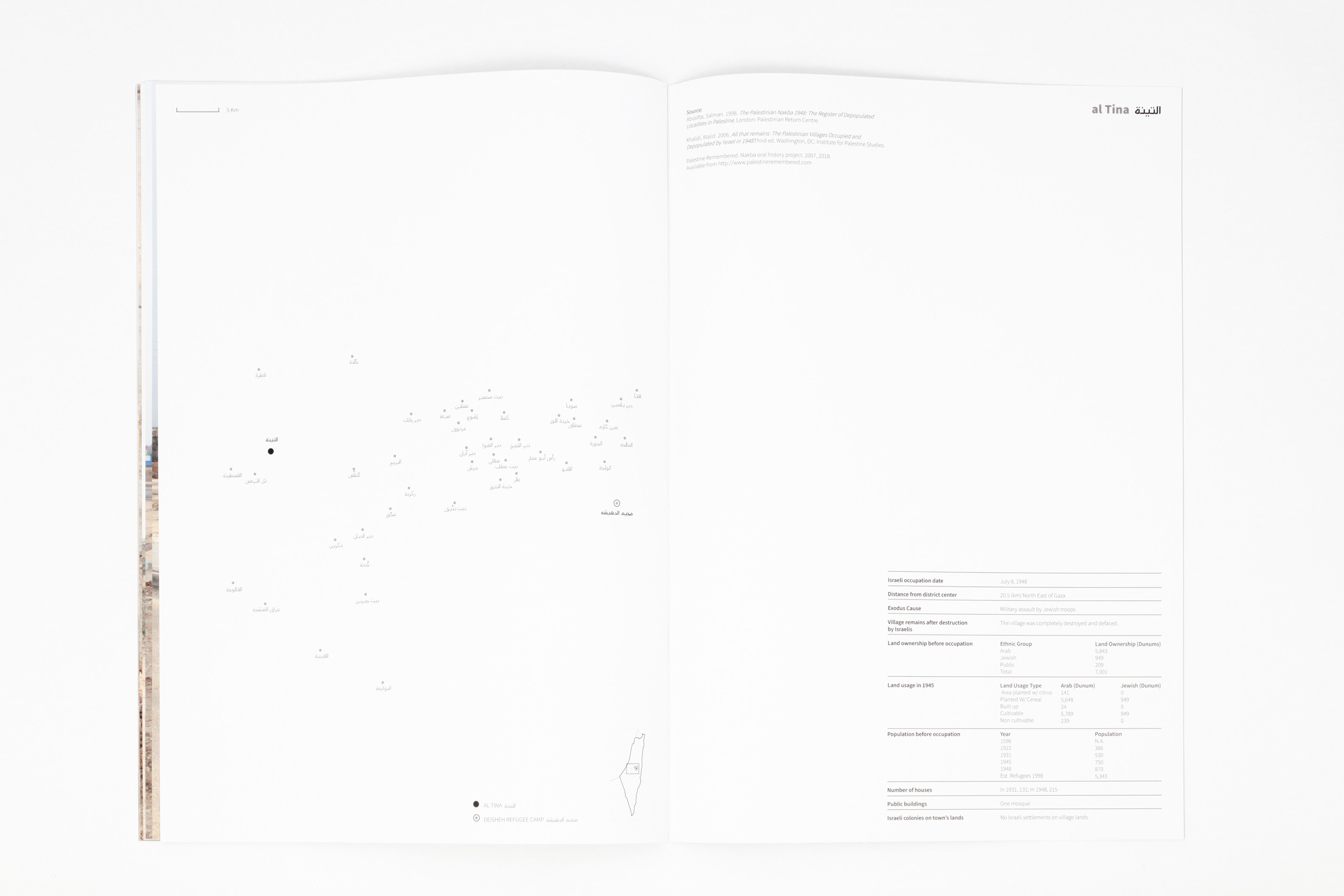 |  |  |  |